The Farm Fence Calculator computes material and labor estimates for fencing of different shaped pens, paddocks, yards and fields.
Farm Fence Calculators
 Number of Posts and Rails: Computes the number of fence posts and rails needed for a length of wood fencing.
Number of Posts and Rails: Computes the number of fence posts and rails needed for a length of wood fencing.- Wood Fence Cost Estimate : Computes material costs for post and rail fence based on the number of posts and rails (above) and unit cost pricing.
- Wire Fence Materials: Computes the materials needed for a high tension fence.
- Wire Fence Cost Estimate Computes the materials and costs of a high tension wire fence.
- Time to Dig and Set Post: Estimates the low-end (optimistic) estimate of time to dig and set posts for a length fencing based on the distance between the post and the whether their dug by hand or with an auger. This means few or no rocks or tree roots.
- Labor Cost to Dig and Set Posts : Computes the approximate cost of labor in digging and setting fence posts based on the length of the fence, uniform distance between posts, method of digging (by hand, power auger) and the hourly labor pay rate (DPH).
- Three Sided Land Fencing:
Computes the number of fencing segments or posts and rails or horizontal boards needed to go around a three sided fence area.
- Rectangle Area Fencing: Computes the length of the perimeter, area and diagonal length of a rectangle field or area based on the dimensions (length and width). It also computes the number of posts or fence segments based on the length of the segments or separation of the posts.
- Four Sided Land Fencing: Computes the number of fencing segments or posts and rails or horizontal boards needed to go around a four sided fence area that is not necessarily squared.
- Five Sided Land Fencing: Computes the number of fencing segments or posts and rails or horizontal boards needed to go around a five sided fence area.
- Oval Shaped Land Fencing: Computes the number of fencing segments or posts and rails or horizontal boards needed to go around an oval shaped fence area.
- Circular Fence Calc: Computes the diameter, number of posts, rails, perimeter and area of a circular shaped fenced area (paddock). Use this if you know how many segments you have and want to fence-in a roughly circular area..
- Fence Needed for Circular Area: Computes the area, perimeter and fencing materials needed to enclose a roughly circular area based on the diameter, length of fence segments and the number of rows of rails. Use this if you know how many segments you have. Use this if you know the diameter of the area you want.
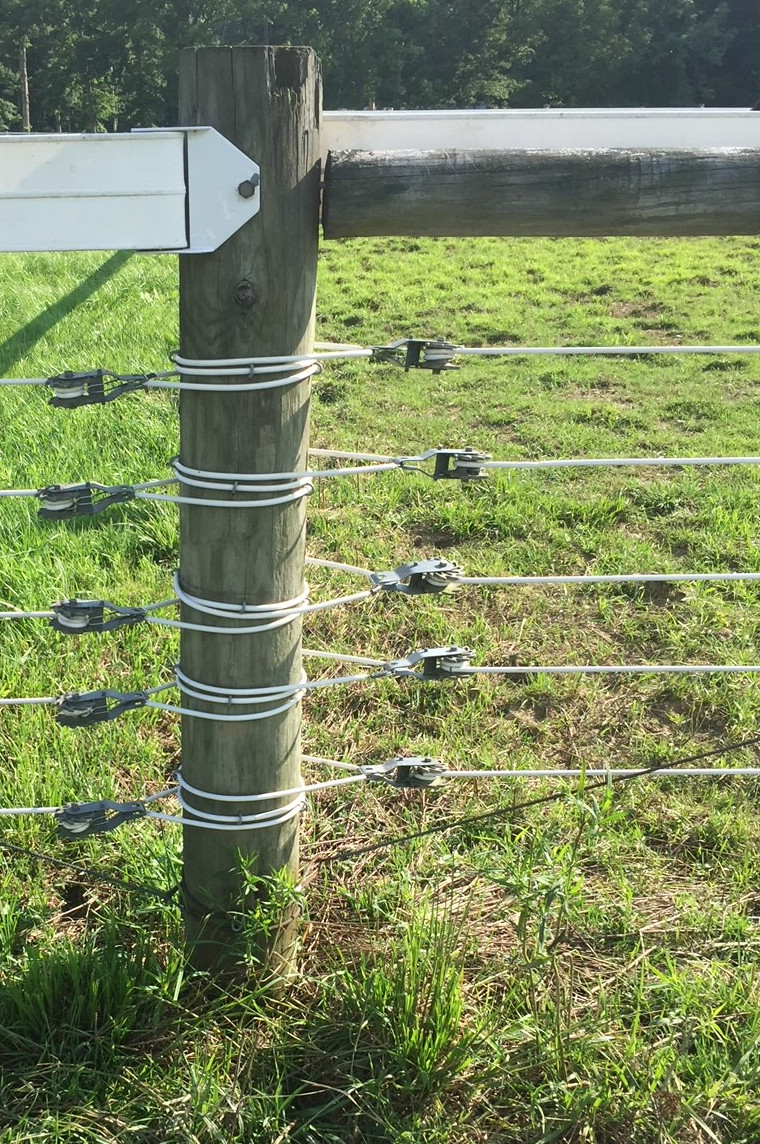
- Semi-Circle Area Fencing: Computes the fencing materials needed to enclose a roughly semi-circular area based on the diameter, length of fence segments and the number of rows of rails.
- Fencing Needed for Polygon Area: Computes the area and side length enclosed within a polygon (e.g. octagon) shaped area (paddock).
- Area Fenced in Polygon: Computes the area enclosed in polygon (e.g., 12 sided) fence area based on the length and number of individual sides.
- Number of Posts needed for a Wood Fence: Computes the number of posts needed for a length of fence based on the spacing.
- Number of Rails needed for a Wood Fence: Computes the number of rails needed for a length of fence based on the length of the rails and number of rows.
- Ideal Spacing below Max: Computes the ideal even spacing over a length or distance based an a maximum spacing.
Farm Fences
Gates: Gates are part of fence. The sum of all their lengths (one or more) should be subtracted from the length of fencing material needed for the perimeter fencing. Placement of the gates should be made to minimize the travel distance of equipment and animals in and out of the gates and to place the gates in a convenient location in regard to other structures such as roads or buildings. 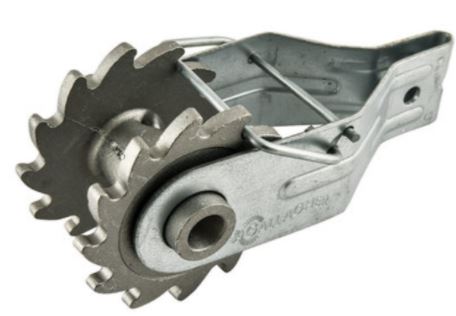
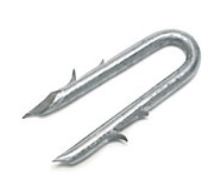
Fences are used in farming for three primary purposes. The first is the restriction of animals which includes humans at times. The second is to provide a general demarcation of an area. And the last is for aesthetic purposes. In each case, materials must be chosen with care to maximize the probability of success in the purpose of the fence and minimize the cost in materials and labor amortized over the life of the fence.
The most common purpose for a fence is the restriction of movement of animals. Even within this category, the options are wide. Consider that a single electrified wire can keep hundreds of massive cattle in an area, and that razor wire fences may not be enough to keep out humans. In the general case, farmers are looking to restrict the movement of their animal property to remain on their land and within their designated grazing areas. Even here the range is wide. The single electrified strand may keep cows in place but will be utterly defeated by goats. Goats in general are recognized as the ultimate escape artist, while sheep will often remain within a contained area with the perception of a barrier.
Common Fence Choices
Farm fences are usually one of the following:
- Wood fence: This includes post and rail, post and board, post and rider, baton board and picket
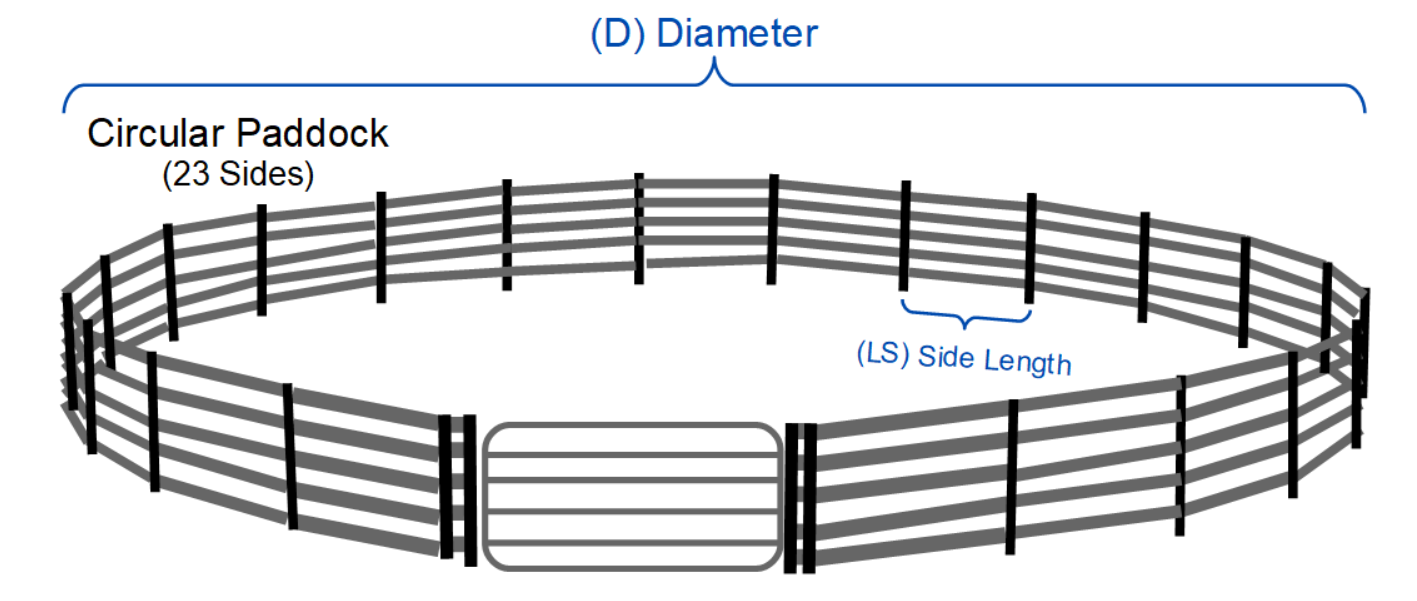
- Metal fence: This included welded wire (mesh) fencing, wrought iron, aluminum and other highly decorative fences.
- Wire fence: These are single or multiple strands of barbed, electrified or high tensile strength wires.
The choice of the above is generally driven by purpose for the fence and the type of animal contained in the fencing. Large and small animals pose different fencing challenges and often require different kinds of fencing.
Metal and Wire Fences
Metal and wire fences tend to be the most cost effective. They require posts or steaks in the ground to suspend the fencing and spans of the fencing material. The distance between the posts are determined by the material and type of animal involved. The manufactures of the fences typically provide post separation guidelines.
For example, Cows can be contained by a single stranded electrified wire suspended on metal steaks with insulators. Horses are often held in paddocks fence in with high tensile wire that include an electrified strand. Goats often require wire mesh fencing that is high enough to prevent jumping over and low enough to prevent crawling under.
Wood Fences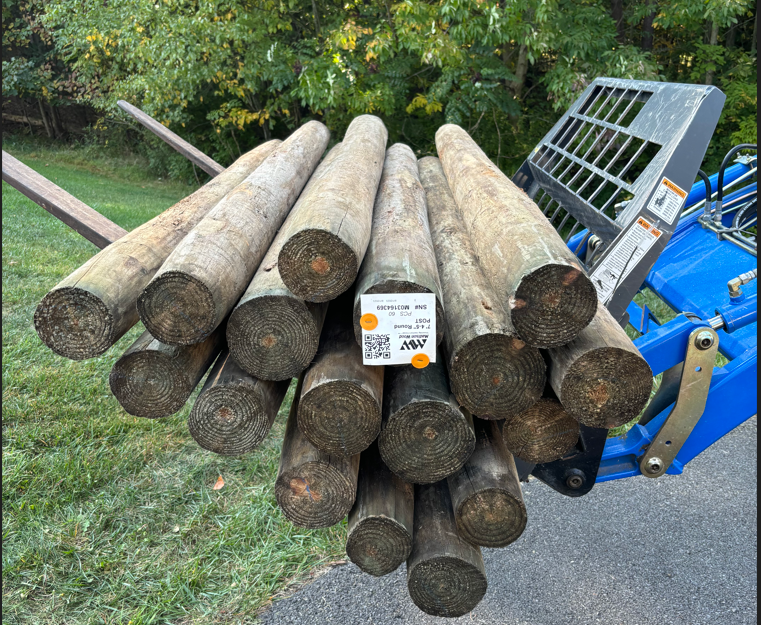
Wood fences are an attractive and strong material choice for fences. Wood fences are often used in more permanent applications. Wood fences are usually suspended on wood posts with sections of wood fencing suspended between the posts, whether fencing panels (e.g. decorative fences) or rails/board in standard post and rail or post an board fencing.
Post and board fences like that in the picture (right) have standard spacing between the posts to match the board lengths. The boards are nailed or screwed to the posts creating rails. The number of rails between posts are typically three or four rails.
The number of rails in a post and rail fence are typically two or three and are chosen from the same wood as the posts (e.g. locust). Post and rail posts are typically pre-cut to let the rails to be installed into the precut holes in the posts.
Posts
Post Material: It is wise to consider that posts are in direct contact with the ground. This makes them exposed to prolonged moisture and ground born insects (e.g. termites). Post should be chosen wisely. Most suppliers have considered these issues and wood fence posts from farm supply stores are pressure treated for long life. However, one can cut their own post from well established and durable woods such as locust. In this case, treatment to the part of the post below ground level should be considered to extend the life of the posts. (MORE INFORMATION IS WANTED HERE FROM EXPERIENCED DIYers.)
Some of the most permanent posts are made of steel reinforced concrete. These posts have a very long life span are normally impervious to ground-born degradation. However, they are typically much more expensive (and heavy) than wood posts.
Post Holes: The posts for a fence define the location of the fence. Hence the placement and spacing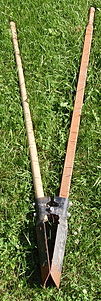 of the post holes are very important. A common practice is to set the corner points of the fencing area and then to align the post holes to be directly in line at even spacing between the corners. Some will perform this task by visually lining up the holes one at a time. Others use strings suspended between the corner posts. Others use lasers to ensure a straight line between the corners.
of the post holes are very important. A common practice is to set the corner points of the fencing area and then to align the post holes to be directly in line at even spacing between the corners. Some will perform this task by visually lining up the holes one at a time. Others use strings suspended between the corner posts. Others use lasers to ensure a straight line between the corners.
Digging post holes is hard work if done manually. A post-hole digger, a digging iron and a narrow spade are essential in any significant fencing job. These are also useful if a mechanical device is employed to dig the holes. There are gas (petrol) powered post-hole diggers with large augers for digging hole, and there are post-hole digger attachments for the PTO of the typical tractor. This later tool has sever things in its favor. First, the tractor caries the tool to and from the work site. Second, the tractor's three point hitch is used to lift and lower the augur. Finally, gravity assists the tractor in lining the holes vertically.
The post holes must be dug to a consistent and appropriate depth. Failure to maintain a consistent depth in the post holes will make the fencing horizontally wavy, rising and falling. The appropriate depth of the hole is a) deep enough to provide vertical strength to the fence, and b) deep enough to go below the frost line in the winter (in locations that have freezing). To maintain constant depth, the hole digger must established the desired depth and partially refile the hole if the depth is overreached. A good practice is to use an aggregate (e.i. gravel or other crushed stone) to partially refill the hole. This does several things. It provides a good base to the post that won't compact, and it provides a porous layer for water to perk away from the post base after a rain. It is a mistake to pour a concrete base because it can trap water around the post.
Once the post holes are dug, the posts can be installed. Installation of the posts is typically done by placing the post in the hole, confirming the depth (one last time), and then back-filling around the post while maintaining a vertical posture. This is easily done by the use of a common level. The back-fill is often the soil removed in digging the hole. In which case, the soil should be tamped (compressed) as it is put in the hole around the post. However, the back-fill can also be concrete if added mass, stiffness and strength is deemed necessary. Some will use mixed concrete or simply use dry mix concrete. In the latter case, the concrete is cured with moisture (water) drawn from the surrounding soil.
Fences against predators
When fencing is used to keep animals such as predators out, the challenge is greater. The fence used to keep cattle, sheep or goats in, may be totally inadequate to keep predators out. The spread of coyotes in the eastern United States has caused the demise of many small animal farms through the lose of lambs, kids and calves to these small predators. In these cases, wire mesh fencing with no breaches and meshed gates are generally recognized as a good place to start in restricting incursion of predators. Note: guard dogs and even guard lamas are also known to help reduce predation on farm animals.
Fences in Culture
In east Africa, the concept of fences are ingrained in the culture. When negotiating the price paid by a groom to the family of a bride, the groom must first pay a premium for "breaking through the fence" if the bride-to-be is already pregnant.
References
- Wikipedia - http://en.wikipedia.org/wiki/Fence
- WIkipedia - http://en.wikipedia.org/wiki/Post_hole_digger
